Neck pain is the fourth leading cause of disability in the US with an annual prevalence of over 30%. So today we are discussing the ins and outs of that pain in your neck! The papers we are reviewing are Epidemiology, Diagnosis, and Treatment of Neck Pain https://www.ncbi.nlm.nih.gov/pubmed/25659245 and Neck pain and disability outcomes following chiropractic upper cervical care: a retrospective case series https://www.ncbi.nlm.nih.gov/pmc/articles/PMC2732255/.
The first paper discusses the ins and outs of how neck pain affects the population and what is generally done about it. We know that neck pain affects roughly 2 in 5 people at any given time. And that 50% of those people will continue to experience some form of pain or discomfort ongoing in the neck. In patients with neurological implications, meaning the spinal cord is affected, or the nerve roots are affected, then surgery can be effective at relieving pain in the short term, but not long term for most. There is a general pattern that females of mid age tend to have more neck pain than males because their neck structure is different, especially when it comes to whiplash and concussions in Motor Vehicle Accidents and sports injuries. If you add to that stress of life and poor postures from sitting at desk jobs, these are the common occurrences and progenitors for neck problems. If you or someone you know fits this description, give our office a call at 603.380.9184.
It is important to have a thorough history and physical exam to determine the best course of action. In an Upper Cervical Chiropractic office, the doctor will go through your health history, when your pain started, what might have caused it, and what might be exacerbating it. The final piece is quality and quantity measurement of the pain and whether it is mechanical or neurological in nature. If there is spinal cord or nerve pressure, that is a very different form of pain than facet mechanical pain or disc pain from an injury to the surrounding tissue. Mechanical pain will tend to present in a more targeted area and neurological pain will tend to shoot down an extremity. Differentiating this heavily affects outcomes and can determine prognosis.
An important point to make is that 40-75% percent of patients with disc herniations will have resorption occur without treatment. So if surgery is something that is being considered, the pros and cons should be heavily weighed as the symptoms may resolve anyway. If that’s the case, why not try more conservative, non-invasive treatments first? One study showed that spinal manipulation, and exercise fared better than medicinal treatment over a 12-month process. One of our mentor’s even published a paper on gentle Upper Cervical Chiropractic care and neck pain and found that with an average of 13.6 days, 5.7 office visits, and 2.7 upper cervical adjustments, patients had a statistically significant reduction in neck pain with no serious or adverse outcomes. This would suggest that before going to a more aggressive treatment like injections, drugs, or surgery that one should weigh all the options, including gentle upper cervical chiropractic care.
In conclusion, the paper states that the prevalence of disability of neck pain is high and deserves attention, as it can last for long periods. Even though it may resolve, it can drastically reduce quality of life. If you or someone you know suffers from neck pain, give us a call to find out more about gentle Upper Cervical Chiropractic care. Call us today at 603.380.9184


